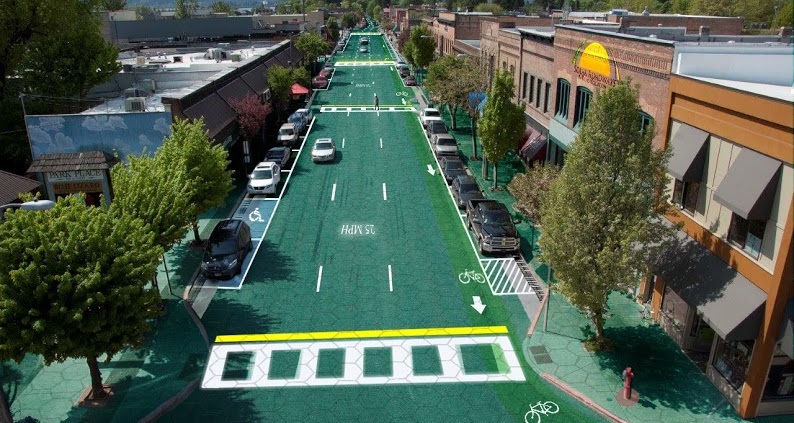The ‘Solar Roadways‘ fundraiser on IndieGogo just beat the 2 million mark and still growing.
Although more than 46,000 people have put in money to support this technology, there are also almost the same number of internet haters out there–but of course it is expected.
Every single invention of this magnitude has been greeted by the exact same skepticism and mockery. Even those who invented the telegram network in the United States got laughed at when they were seeking funding to help build their infrastructure. The only way it got made was because one or two people believed in them, and it caught on.
Sure, it might not work, but why pour scorn on people for trying before they’ve even got moving on the project? Technology only gets cheaper and more efficient, so the cost today might be nowhere near the cost tomorrow.
A statement such as ‘concerns from the unsuitability of tiles as a road surface and the high costs involved…poor visibility of LED road lighting and the lifespan of materials involved‘ is utter nonsense.
The worst is that people actually believe it when some people write negative things about this technology without actually finding the facts themselves.
The project’s founders have updated their website with a FAQs page that addresses many of the false information about Solar Roadways in order to set the record straight. #clearingthefreakingair!
Here are some concerns we found on the internet, and have tried dissecting them. They are just pure freaking crappy concerns.
1. You can’t point the roadway to track the sun, to improve energy generation efficiency (which is only about 15% for photovoltaics, anyway, which makes PV generation expensive on a large scale).
–Really? This technology is still in R&D and you are concerned about tracking the sun? How many large scale solar installs out there track the sun?
2. Why embed solar panels in such a harsh environment where they are constantly being run over and flexed by millions of tons of vehicles? There are many more practical locations to use (such as roofs, that face southward).
–Its always important to diversify technology as young as solar PV. There are different ways to implement the application of anyone technology. This technology may be best suited for parks for example and less favourable for Nordic regions with high snow fall–only trial test runs will indicate what is best.
3. How do you keep the solar collectors clean (as millions of tires scrub over them, and engines drip oil on them) so that sunlight can get collected by the embedded PV surfaces?
–This takes it to a whole other level. One question; how do you keep solar panels in dusty environments clean? We get the oil thing, but unless there is a heavy oil spill, I don’t think this is worth worrying about. But then again before implementation, we believe the engineers will take that into consideration. Anything else?
4. Who is going to actually PAY for such an obscenely expensive enterprise (other than government, which means you, the taxpayer)?
–Here we go again. The founders have already raised more than 2 million from people around the world and you are worried about tax payers money. Fact check how much tax payers money governments around the world give to oil companies each year in direct cash or in tax subsidies–go on we’ll wait!
Conclusion:
Its simple. This is a new idea or technology that is still in its infancy. Of-course there are all sorts of issues with it–as is expected with every newly developed idea. That is why the founders are raising funds to do more research and advance on the idea before it ventures into large scale trials.












Comments